Climate Impact: 33,823 tCO2e avoided
Project Registry Link: Western Top End SFM | Clean Energy Regulator, Government of Australia
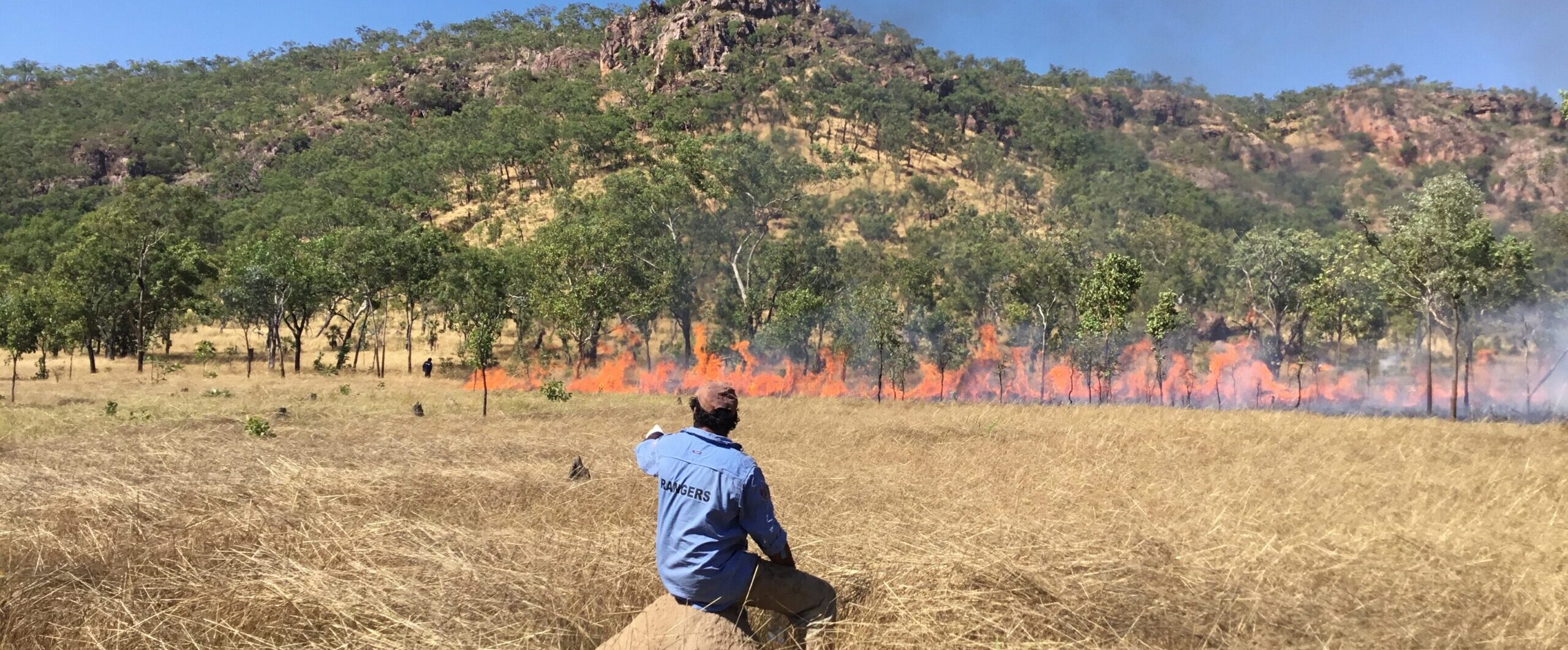
[Price on Request] Local Indigenous Thamarrurr rangers conduct controlled burns early in the dry season, preventing larger, hotter and uncontrolled wildfires later in the season. Controlled burning produces far fewer carbon emissions than uncontrolled wildfires [Out of Stock].
Note:
Indigenous Fire Management
Australian Government Emissions Reductions Fund
ACCU (Australian Carbon Credit Units)
Emissions Abatement through Savanna Fire Management
ERF160973
2020+
The Western Top End Savannah Fire Management (WTESFM) project is located within the Thamarrurr region of the Northern Territory; an area prone to extreme, devastating wildfires that affect the landscape, people, plants and animals.
The Thamarrurr Rangers employ similar techniques as their ancestors – burning areas in the early dry season to reduce wildfires and refresh country – as well as the latest technology to plan and strategically manage “cool fire”. This includes conducting aerial and on-ground burning to prevent late season wildfires and reduce overall carbon emissions. They use satellite technology to track their progress and observe change.
TEM is proud to work with the Thamarrurr Development Corporation Ltd (TDC) – a non-profit organization formed by the collective ownership of four primary ceremonial groups – the Wangka, Lirrga, Wulthirri, and Tjanpa peoples – and founded by the 20 clans inhabiting the Thamarrurr region.
TDC assumes a pivotal leadership and governance function within the region, bolstering the community’s pursuit of economic self-sufficiency and liberation from dependence on welfare and governmental aid.
Thamarrurr is derived from the local Murinhpatha language and means, ‘coming together to work as one people’. It reflects the ceremonial and traditional foundations of the region’s people.
In addition to reducing harmful emissions, the project also delivers significant social, cultural and economic benefits for Indigenous Australians, for example the employment of local rangers; connecting people back to country and protecting important cultural sites.
The statutory land trust – Daly River Port Keats Aboriginal Land Trust (DRPKALT) – holds the land on behalf of the Traditional Owners from each estate in the Thamarrurr Region. This is inalienable freehold land, held under the Aboriginal Land Rights (Northern Territory) Act 1976.
Under Thamarrurr, all land-owning groups have traditional rights and responsibilities over their land, and are able to work together to resolve issues involving that land.
Permanence: Project activities must represent permanent reductions in GHG emissions. Well-designed savanna fire management activities that are implemented in the early dry season avoid emissions in the late dry season. Avoided emissions are considered permanent.
Additionality: A project is additional if the GHG emissions reductions would not occur without the intervention of the project activities in accordance with the registered project. Savanna fire management activities for the primary purpose of emissions reductions are not required under local, state or law. Further, the application of landscape-scale strategic early dry season fire management is highly resource-intensive, incurring substantial costs. Despite the myriad of benefits that flow from the activities in the Thamarrurr region, they would not occur in the absence of the registered project. Therefore, the project GHG emissions reductions are additional.
Leakage: In the context of savanna fire management projects, leakage refers to the risk that emissions reductions in the project area will generate increased emissions outside the project area. There are no leakage risks associated with this TDC project. Conducting savanna fire management activities in a project area does not increase the risk of high-emissions wildfire in other areas, and/or displace savanna fire management activities in nearby landscapes.
SDGs: The project contributes to the following United Nations Sustainable Development Goals:


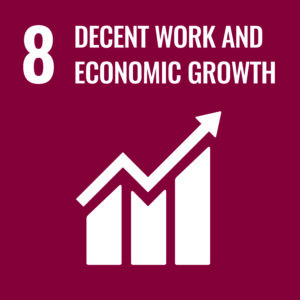
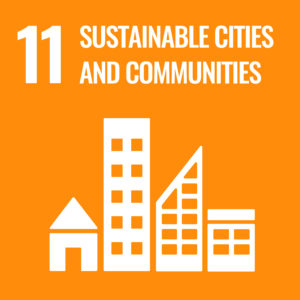
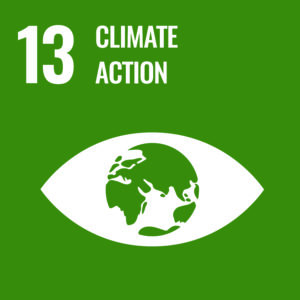
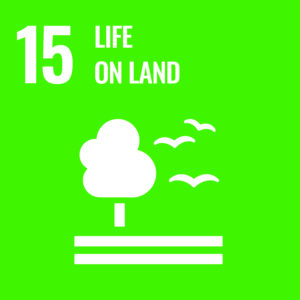
Out of stock
You may find a difference between the cost of projects listed on this site and the average prices listed on the wholesale carbon market/s. That’s because TEM offers projects where we have gone the extra mile to ensure their integrity and deliver you the end-to-end service that others won’t. Our pricing is fully inclusive of the end-to-end services to ensure integrity, including:
Your purchase goes to the procurement of fully verified and independently audited carbon offset projects. TEM’s operational, due-diligence, risk management and marketing costs are also included in the list price. By purchasing from these projects, you are mobilising capital to support the project’s ongoing operations and benefits, alongside of ensuring measurable emissions reductions and avoidance.
Once we’ve received your payment, we will:
Evidence of retirement, which includes the listing on each registry that relates to the offsets you have purchased within a TEM-branded retirement certificate. You will receive an email once your order is placed to confirm retirement copy for your certificate – this details the reason for retirement and is best practice to avoid double counting. The cost for a company-specific retirement certificate = $150 per order. Note: you will need individual retirement for Climate Active and other certification purposes.
Keep you updated on new projects as they’re added to TEM Online. Of course-you can choose to opt out of those emails!